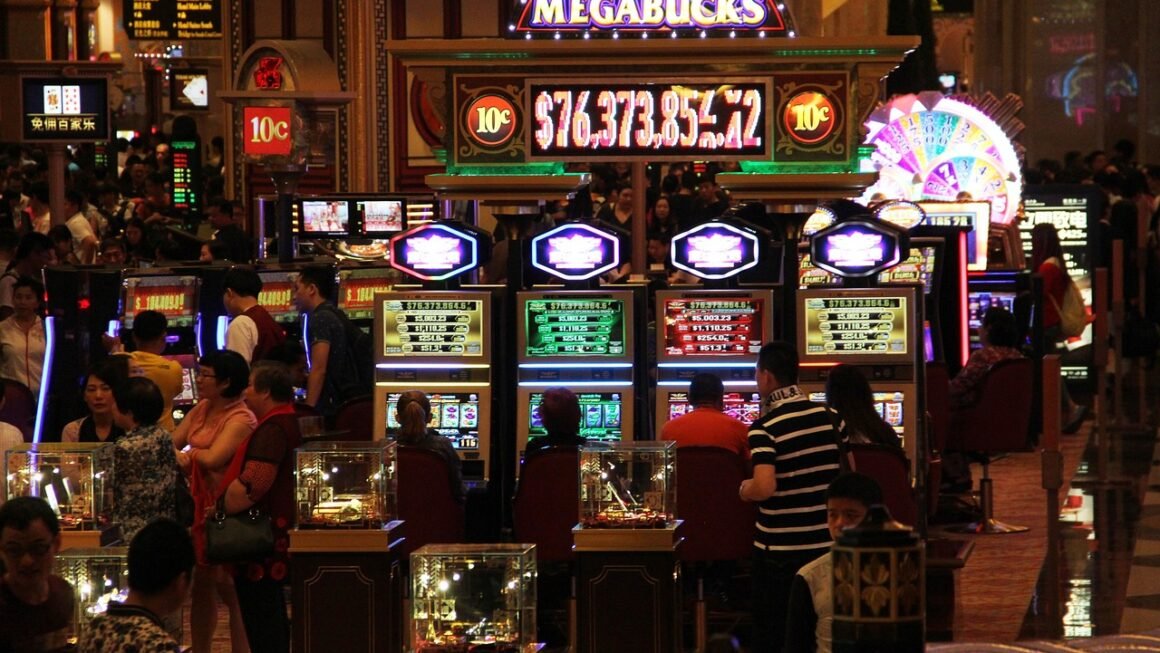The red carpet: a shimmering runway of dreams, a stage where fashion statements are made, and a symbol of glamour and success. From movie premieres to awards ceremonies, the red carpet is more than just a place to walk; it’s a cultural phenomenon. It’s where celebrities showcase their style, designers unveil their latest creations, and photographers capture moments that will be talked about for years to come. But what is it about the red carpet that makes it so captivating? Let’s delve into the fascinating world of the red carpet and explore its history, significance, and the secrets behind its enduring appeal.
The History and Evolution of the Red Carpet
Origins and Early Appearances
The red carpet’s history dates back centuries, originating not as a symbol of celebrity, but of prestige and honor. The earliest documented use is often cited as Aeschylus’ play “Agamemnon” in 458 BC, where a red carpet was laid out for the returning king.
- Before its association with Hollywood, the red carpet signified a route of importance, reserved for dignitaries and royalty.
- In the early 20th century, railroads used red carpets to guide passengers to their trains, adding a touch of luxury to the travel experience.
- Kodak used a red carpet at the premiere of one of the first technicolor movies in 1922.
Hollywood Takes Center Stage
The modern red carpet as we know it began to solidify in Hollywood during the mid-20th century.
- The 1961 Academy Awards marked a significant shift, with the ceremony being broadcast in color for the first time. This allowed viewers to fully appreciate the glamour and the vibrant hues of the red carpet fashion.
- The red carpet became a designated space for stars to be photographed, interviewed, and admired.
- It transformed from a simple walkway to a powerful marketing tool, influencing fashion trends and boosting the careers of actors and designers.
The Significance of the Red Carpet
Fashion and Style Iconography
The red carpet has become synonymous with high fashion and cutting-edge style.
- Designers vie for the opportunity to dress celebrities, knowing that a red carpet appearance can catapult a brand to international recognition.
- Celebrities work with stylists to create carefully curated looks, aiming to make a statement and solidify their personal brand.
- The red carpet showcases diverse styles, from classic elegance to avant-garde designs, influencing everyday fashion trends.
* Think about Jennifer Lopez’s iconic Versace green dress at the 2000 Grammy Awards, which famously led to the creation of Google Images.
Media and Public Perception
The red carpet is a media frenzy, attracting photographers, journalists, and fans alike.
- Images and videos from the red carpet are disseminated globally through traditional media and social media platforms, creating a constant stream of content.
- The public consumes these images, forming opinions about celebrities, their style, and their overall image.
- The red carpet creates a sense of aspiration and fantasy, fueling the desire for glamour and luxury.
Economic Impact
The red carpet generates substantial revenue for various industries.
- Fashion houses, jewelry designers, and beauty brands benefit from the exposure and endorsement provided by celebrities.
- Events like awards shows and film festivals attract tourism and boost local economies.
- Media outlets and social media platforms profit from the content generated around red carpet events.
Navigating the Red Carpet: Dos and Don’ts
For Celebrities
- Do work with a skilled stylist who understands your personal brand and the event’s dress code.
- Do choose an outfit that is both stylish and comfortable, allowing you to move with confidence.
- Do practice your poses and facial expressions in advance.
- Don’t wear something that doesn’t fit properly or is uncomfortable.
- Don’t forget to accessorize strategically to complete your look.
- Don’t neglect your hair and makeup – professional styling can make a huge difference.
- Do be prepared for questions from reporters and have some talking points ready.
- Do engage with fans and be appreciative of their support.
For Photographers
- Do arrive early to secure a good position on the press line.
- Do have your equipment ready and test your settings beforehand.
- Do capture a variety of shots, including full-length, close-ups, and candid moments.
- Don’t block other photographers or disrupt the flow of the red carpet.
- Don’t forget to check your images for quality and accuracy.
- Do respect the celebrities and their personal space.
For Media Outlets
- Do prepare insightful questions to ask celebrities.
- Do capture high-quality video and audio footage.
- Do report accurately and objectively.
- Don’t engage in sensationalism or spread misinformation.
- Do provide valuable context and analysis to your audience.
The Future of the Red Carpet
Digital Transformation
The rise of social media and digital platforms has significantly impacted the red carpet experience.
- Live streaming and real-time updates allow fans to engage with the event from anywhere in the world.
- Social media platforms like Instagram and Twitter have become essential for sharing images and commentary.
- Influencers and bloggers now play a significant role in shaping the narrative around red carpet fashion.
Sustainability and Inclusivity
There is a growing demand for more sustainable and inclusive practices on the red carpet.
- Celebrities are increasingly choosing to wear eco-friendly designs and vintage pieces.
- There is a greater emphasis on diversity and representation in terms of body type, ethnicity, and gender identity.
- The red carpet is becoming a platform for raising awareness about social and environmental issues.
Experiential Red Carpets
The red carpet is no longer just a walkway, but an immersive experience.
- Brands are creating interactive installations and photo opportunities to engage guests.
- Virtual reality and augmented reality technologies are being used to enhance the red carpet experience.
- The focus is shifting from passive observation to active participation.
Conclusion
The red carpet, more than just a walkway, represents the intersection of fashion, celebrity culture, and media spectacle. From its humble beginnings as a symbol of honor to its current status as a global stage for style and influence, the red carpet has undergone a significant transformation. As we move into the future, the red carpet will continue to evolve, embracing digital technologies, promoting sustainability and inclusivity, and offering increasingly immersive experiences. One thing remains constant: its power to captivate, inspire, and set the standard for glamour and achievement.


